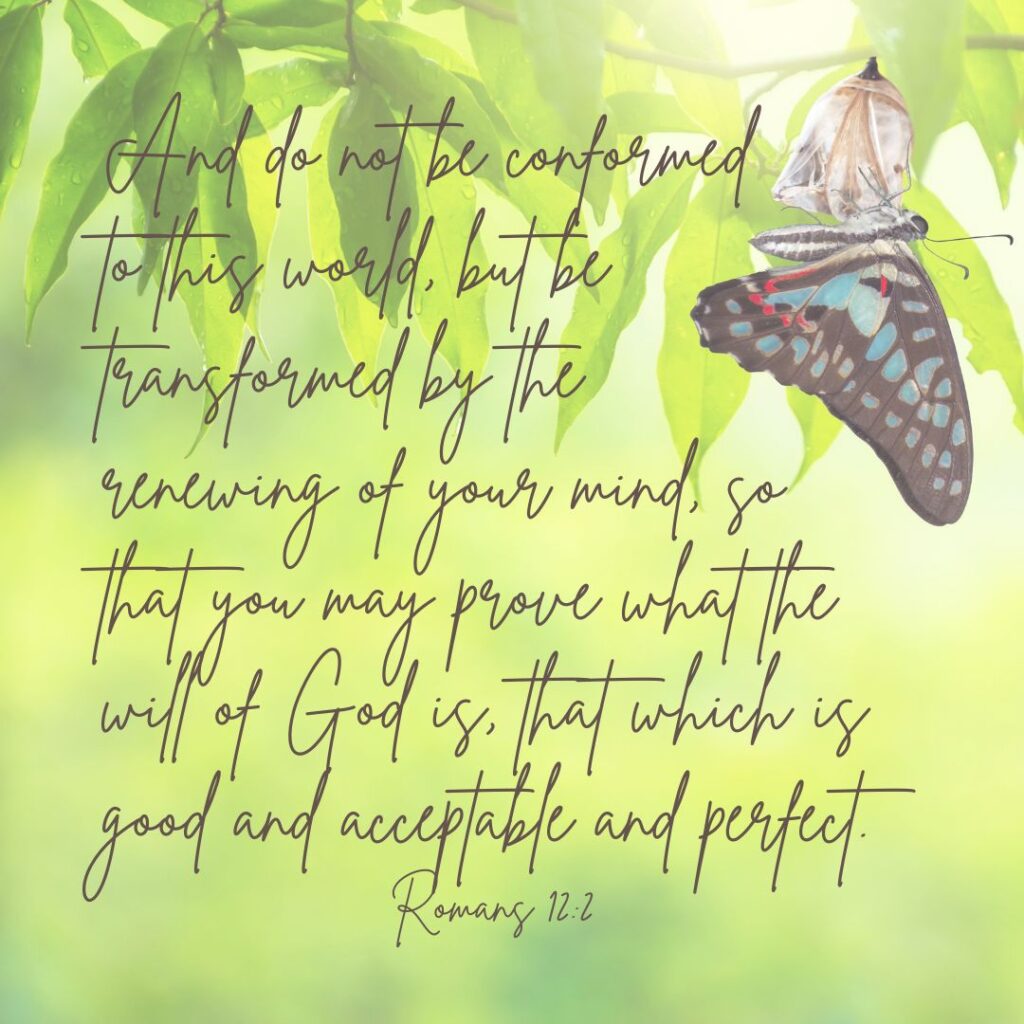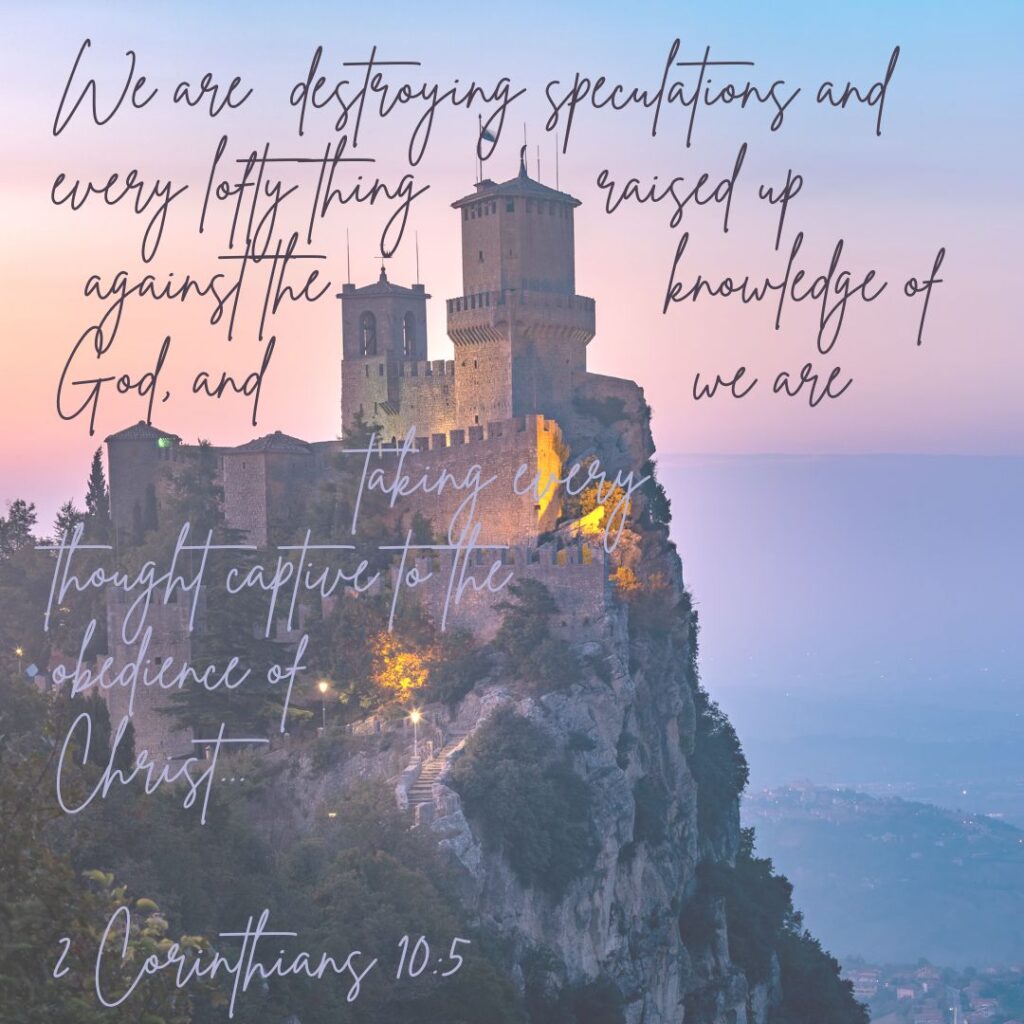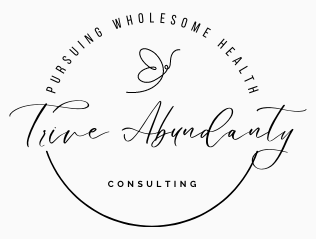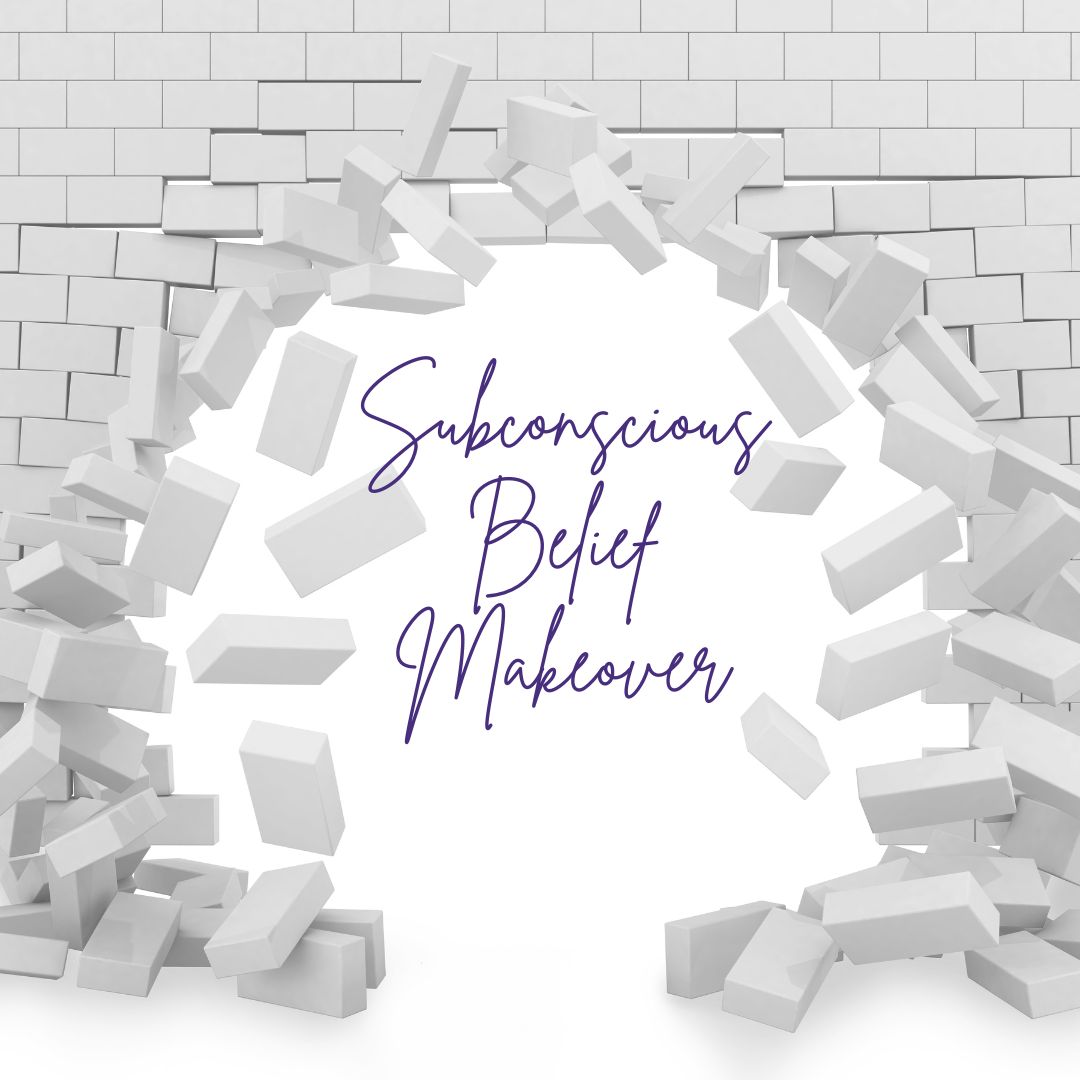Hey there, everyone!
As we journey through the process of managing our emotional stress, I’d like to talk about the subconscious beliefs that have started emerging. I’m sure you realize by now how significantly they can impact our lives, especially while we were not consciously aware of them.
I get it; once you become aware of these opposing beliefs that have been running the show behind the scenes, you might be eager to change them ASAP. Trust me; I’m right there with you. But the reality is – changing these deep-seated beliefs, which require renewing our subconscious minds, even though thankfully possible due to our flexible and moldable brains, takes time.

If you’re up for a deeper dive into the science behind it, I highly recommend exploring Dr. Caroline Leaf’s work. She explains the fascinating science of why it’s crucial to follow specific steps to rewire our thinking. Learning about this science can be a fantastic motivator to stay consistent on the journey of change.
I’ve heard that it can take around three years to truly establish a new belief and unlearn an old one. I know, it might seem like a long time. However, when you consider the costs of sticking with old, limiting patterns, making that three-year investment to create a new normal suddenly sounds worthwhile.
If you’re ready to explore these steps to transformation, stay with me on this journey. The reward is nothing short of a life transformed for the better!
If you’re here reading this blog, it’s likely because you’re on a journey of transformation, a quest for change. Perhaps, as you’ve moved through these blog posts, you’ve become aware of a belief system that you didn’t even realize was influencing your life. Or maybe you’re in a space where you’re trying to figure out where to begin.
Wherever you find yourself on this path, this post is here to guide you through a crucial decision-making process. It’s always a wise idea to take some time with God, seeking His guidance as you embark on your transformation journey. After all, His insight can help you zero in more effectively on this transformative road.
Let’s dive into this journey together by exploring a belief that seems nearly universal: loneliness. It’s a fascinating phenomenon that, despite the number of people in our lives, loneliness can still creep in. This belief can manifest as “I don’t matter,” “I am not as important as others,” “no one cares,” and various other statements echoing that same sense of isolation.
I like to call these belief systems because they often come in clusters. While the core belief might be “I’ll always be alone,” it branches out into feelings of being rejectable, unlovable, unworthy, unwanted, and many more. But at the heart of it, there’s an undercurrent of loneliness. For others, unworthiness might feel more prominent. Remember, it’s not about pinpointing an exact label but becoming aware of how these beliefs manifest and the emotions they stir within you. The reason we need to work on these beliefs is because they really do dominate and run our lives, even if in our cognitive thoughts, we know better, know the truth. Usually they will run our lives by how we protect ourselves from the pain those beliefs threaten to bring. For instance, if we believe we are rejectable, we might proactively reject others in a subconscious way because it will save us the pain of feeling rejected. I will start writing about some steps we can take if we want to unlearn our old belief and teach our subconscious this truth to the point of actually believing it.

This topic is quite expansive, and I’ll be breaking it down into several posts. While there are various approaches, if you’re seeking a starting point, I hope this can be a helpful guide.
Changing our beliefs might sound straightforward, but the “how” and “where to start” can be a bit elusive. If you’ve been with me from the beginning, you’ll notice that I’ve touched on some of these concepts before.
First and foremost, self-awareness is key. You must identify your existing belief. Without understanding what you believe, it’s challenging to know how to alter it, especially if change is what you desire. Keep in mind, we’re looking at what our actions and behavior reveal about our beliefs, which may differ from our conscious thoughts. To gain awareness in this aspect, you can refer to the post that discusses it in detail:
Learning the Language of your heart
Patterns – Echoes from the Past
Embracing Fear and Pain for Growth and Progress
No Longer Afraid of Fear of Pain
I’ll do my best to illustrate what this process might look like with a core belief like loneliness or feeling unwanted, unlovable, or unworthy. But, you can apply these steps to any subconscious belief you’ve identified in your life, even if it’s different from this example.
Imagine you’ve noticed a recurring pattern in your life. It’s a theme where you often feel overlooked, unchosen, undervalued, and like you’re on the outskirts looking in.
In the unspoken places of your mind, you might find these phrases on an endless loop: “Don’t get your hopes up, they won’t be there when you need them. They care more about someone else. You are just not that important. You will never matter the way others do.”
And then there are those probing questions that silently haunt your thoughts: “What am I doing that is so repellent? Why does everyone else always get prioritized? What am I doing wrong? Why can’t I figure this out?”
I want to emphasize that these thoughts typically don’t surface in our minds in the form of spoken words or conscious contemplations. They might not be precisely articulated, but I’m striving to capture the underlying sentiments I’ve observed. Pinpointing them with absolute precision isn’t critical; just getting close to the heart of the matter will kickstart the transformation process. These are the concealed convictions that mold our self-perception: “My worth hinges on my performance. I don’t fit in. I’m an outsider.”
If you’re diving into your beliefs and struggling to unearth them, or if what I’ve described doesn’t resonate with you, try this: place your hand over your heart and ask your heart what it believes about your particular area of focus. If you know that you want to work on beliefs related to loneliness, you can inquire specifically, “Heart, what do you believe to be true about belonging?” Then, let your thoughts flow freely as you jot down whatever surfaces.
Another effective method for identifying your subconscious beliefs is to explore areas where you’ve felt persistently stuck, despite your best efforts. In these situations, ask probing questions about the issue and consider what you learned about it during your childhood. This process can provide valuable insights. Questions have become my trusted companions in this journey. They don’t always lead me directly to the most helpful answers, but they serve as a starting point, and I often find myself posing these questions in prayer and to my own heart.
When you want to seek insights from others, consider asking questions like, “How do you perceive my behavior?” or “Have you noticed anything in my actions that might reveal what I’m believing?” However, be mindful of the nature of the questions you ask. Investigating beliefs related to loneliness, for example, might feel too vulnerable. Additionally, not everyone may feel comfortable sharing their genuine impressions or perceptions. Use this tool of questioning carefully and thoughtfully.
Perhaps you recall the post about interpreting the language of the heart? As you examine the areas where you’ve felt stuck or the messages your behavior conveys, consider asking, “What is my heart trying to communicate? What does the desire it appears to express represent?” Understanding the underlying needs can provide clues about the beliefs that are keeping you trapped.

Then, if you can, explore or acknowledge the origins of these beliefs. When I take a moment to reflect on my own struggle with loneliness, I can readily trace it back to my childhood. Chances are, you’ll find that your beliefs also originated in your early years. These beliefs could be linked to a particular event, memory, or even a more extended period. Any of these is a valuable discovery.
I completely understand that pinpointing the exact origin of a belief can be challenging. Don’t let this uncertainty deter you from progressing through the other steps; sometimes the most valuable insights come as you work through the process.
In our case, concerning the feeling of being on the outside looking in, there might be multiple roots. It could be linked to our experiences at school, in church or other social groups, and certainly within our family, but there’s no need to make the specifics known to anyone but yourself and whoever is helping you walk through this. What’s crucial is that as young children, we likely went through a period when we felt alone at times when we truly needed connection. While the details can remain confidential, it’s clear that we experienced pain related to being alone. In response, we probably adopted a coping mechanism – withdrawal. Unfortunately, when others around us weren’t attuned enough to pick up on our needs and left us alone, it only confirmed the budding belief in our pre-logical minds: that we will be alone.
It’s important to acknowledge that different individuals might have developed unique coping strategies to handle the pain of loneliness. Each person’s journey is distinct and valid.
I’ll wrap up this post here, but don’t worry; I’ll return with more steps in the next blog post. Breaking this transformative work into smaller, manageable chunks and incorporating renewing exercises along the way can be incredibly beneficial. So, for this week, here are the steps to focus on:
- Revisit Subconscious Belief Posts: Go back and revisit the posts where you learned about discovering your subconscious beliefs. This will serve as a solid foundation for your current work.
- Assess Life Themes: Spend some quality time assessing the recurring themes in your life. What patterns do you observe? What themes or beliefs have consistently shown up?
- Identify Stuck Areas: Consider the areas in your life where you’ve felt persistently stuck, despite your efforts to move forward. Ask your heart what it believes to be true about these situations.
- Examine Belief Origins: Take a journey into your personal history to identify when and how these beliefs might have taken root, especially focusing on early experiences that may have solidified them.
- Analyze Coping Strategies: Finally, gain clarity on the coping strategies or mechanisms you’ve developed to manage these beliefs. Understand how you’ve been navigating through them.
These steps will get you well on your way to transformative change. It may seem like a lot of work, but remember, this journey is a series of steps, and you’re progressing one at a time. If you’re embarking on this practical voyage, please know that I’m praying for your journey. May God be your guiding light as you navigate these steps towards a renewed mind and heart.







